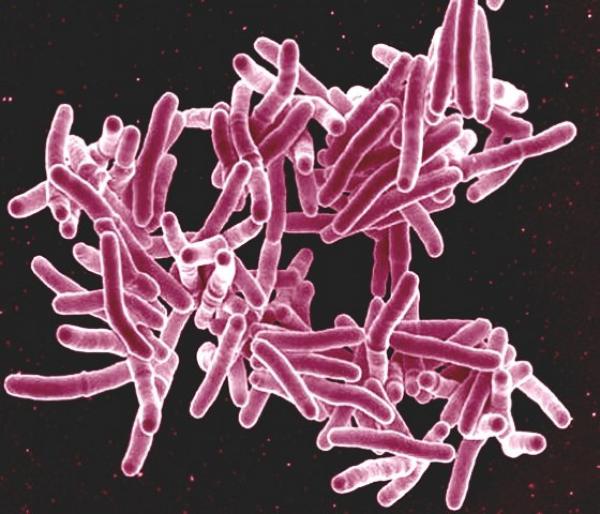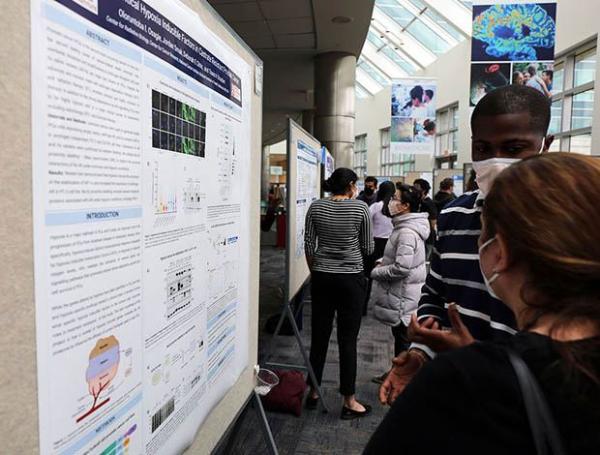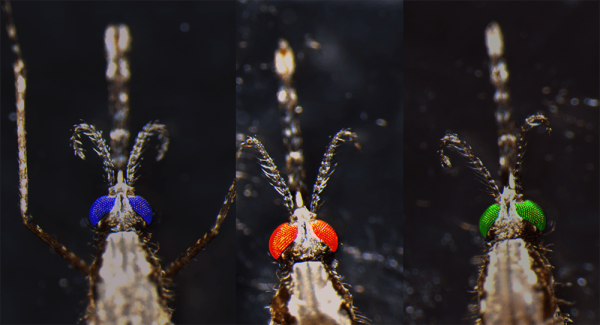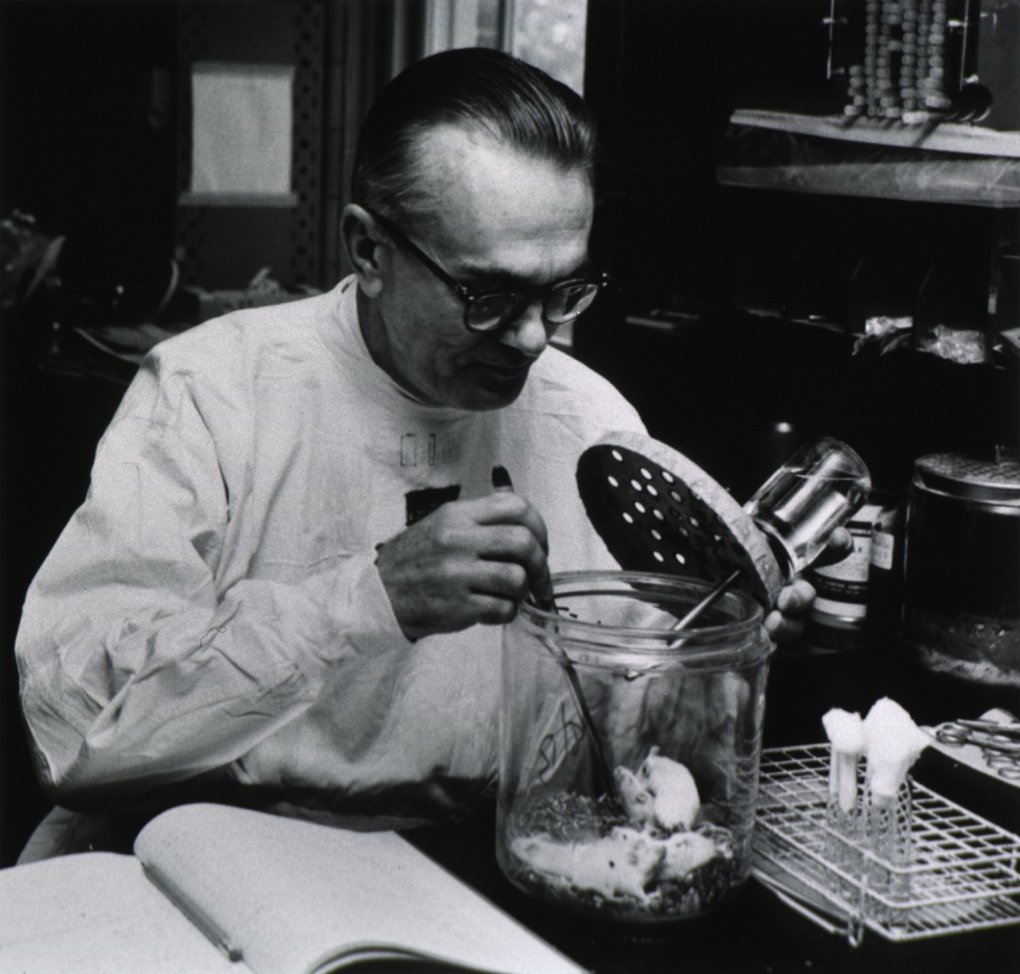Preventing Cellular Rust Hinders Tuberculosis
Study Suggests New Treatment Approach for Deadly Lung Infection
Oxygen is, quite literally, the air we breathe (or, more accurately, 21 percent of it). However, just as oxygen in the air can turn a handy garden tool into a useless hunk of rust, certain unstable, oxygen-containing molecules in our bodies can wreak havoc on our cells. According to new IRP research, revving up cellular systems that prevent this kind of damage could significantly improve outcomes for people with tuberculosis.








